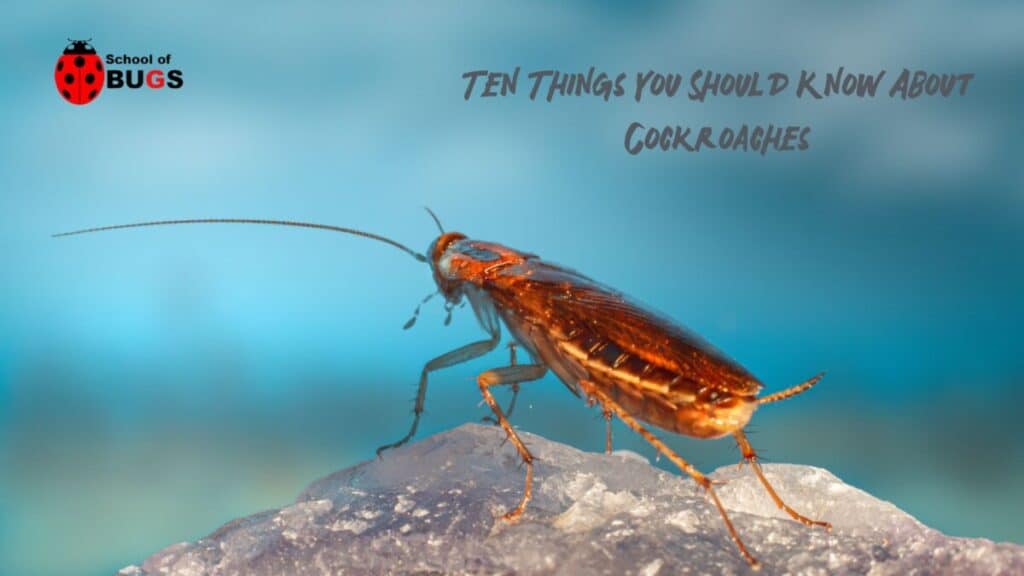
Cockroaches are some of the most vile creatures in the animal kingdom. At least for me. I’m not too fond of things that move quickly and can climb up walls or surprise me by hiding in cabinets.
There is no doubt that these guys are probably the most unwelcome pests in our homes, but they exist all over the world. So what do we do?
Perhaps learning a little more about cockroaches will ease the cringe-worthy factor one gets when seeing them. I certainly can’t promise this, but it’s worth a shot.
Read on to get a short history of the cockroach and ten unbelievable facts about these creepy crawlers.
A Short History of the Cockroach
The ancestor of the cockroaches we see today date back millions of years, and not much has changed since then. At least not with their appearance.
Roaches have an uncanny way of adapting to changing situations and have continued to evolve over and over to survive.
Cockroaches were originally from tropical parts of the world but eventually evolved to live in cooler climates as well. Aside from the extreme antarctic, the roach can survive in almost any temperature.
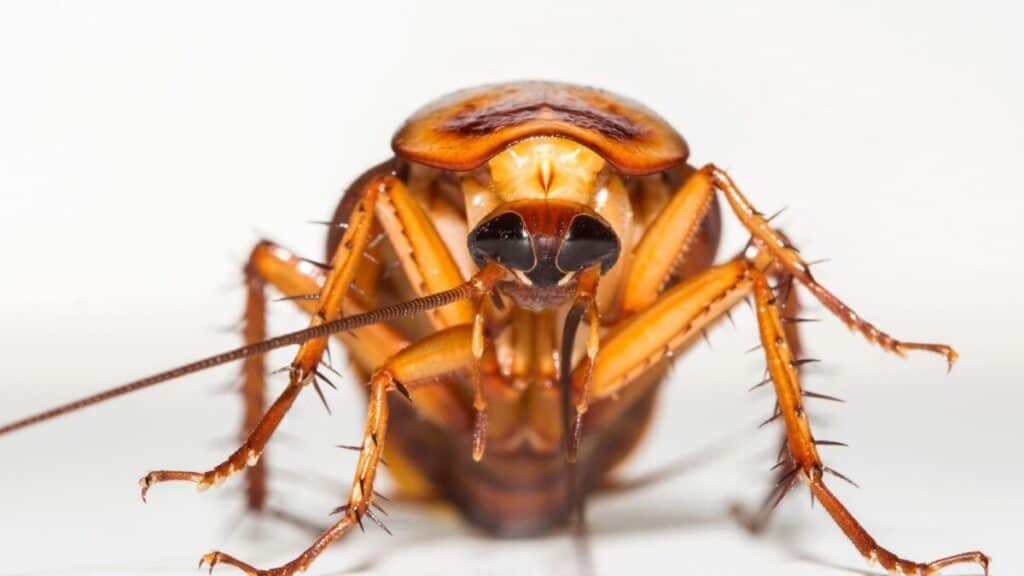
They can protect their bodies with their large wings and withstand a lot of pressure. They are also quite good at hiding from predators.
Despite their adaptations to change, the cockroach remained a major pest. Today there are more than four thousand species of cockroaches throughout the planet, and they are still being discovered today.
Now that we know a bit about their history let’s dive into ten facts about the dreaded cockroach.
- They are bad for allergies
- They can live with no head for a week
- They aren’t all bad
- They can run fast
- The largest cockroach is six inches long
- Not all roaches fly
- They will eat anything
- A clean house is not safe
- They like beer
- Their lifecycle varies
Cockroaches Can Wreak Havoc on Allergy Sufferers
Aside from being disgusting pests in the home, the cockroach can also worsen your allergies. Their feces, saliva, and shedding body parts can trigger allergies and asthma in people.
These allergens will aggravate folks when they are stirred up into the air. These allergies can become chronic in some people and last all year round.

The symptoms to look out for are:
- Nasal congestion
- Coughing
- Skin rashes
- Ear infections
- Wheezing
- Sinus Infections
Cockroaches Can Live Without Their Heads for a Week
This is almost ghoulish and sounds like something from a science fiction movie. Because cockroaches breathe through holes in their body, they do not depend on their mouths or heads to breathe. They have an open circulatory system.
Because they don’t need their heads to breathe, they can survive for up to a week. But without a way to drink water, they would eventually die of thirst.
Not All Cockroaches Are Bad
If you can believe it, out of the thousands of species of roaches on our planet, only one percent are actually considered to be detrimental. However, this does include about thirty different types of roaches, so it’s easy to understand why they get a bad rap.
Some of the most common “bad” roaches found in the home are the German Cockroach, the American Cockroach, the Oriental Cockroach, and The Brown-banded Cockroach.
German Cockroaches
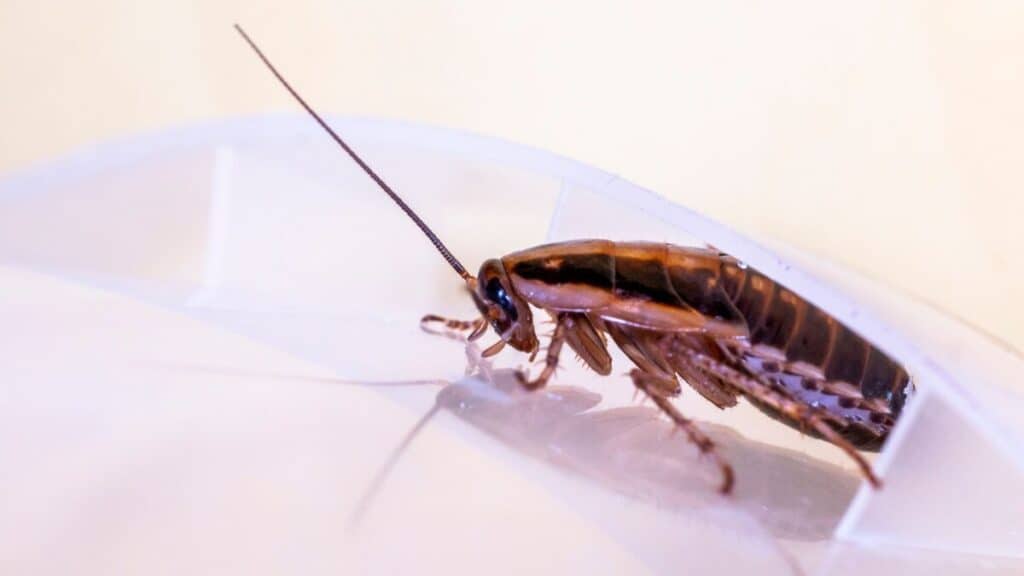
German Cockroaches are a walking germ factory as they carry many horrible things. Aside from salmonellosis or food poisoning, the German Cockroach can carry typhoid fever, gastroenteritis, cholera, dysentery, giardia, listeriosis, and E. coli.
All these can be passed directly to humans as cockroaches wander over your kitchen counters, pots and pans, and your food.
The German Cockroach is also a big proponent of those allergens we discussed. Aside from their feces, saliva, and dead skin, even their dead bodies can cause asthma attacks in children.
German cockroaches are especially hard to eliminate, especially in apartment buildings.
American Cockroaches
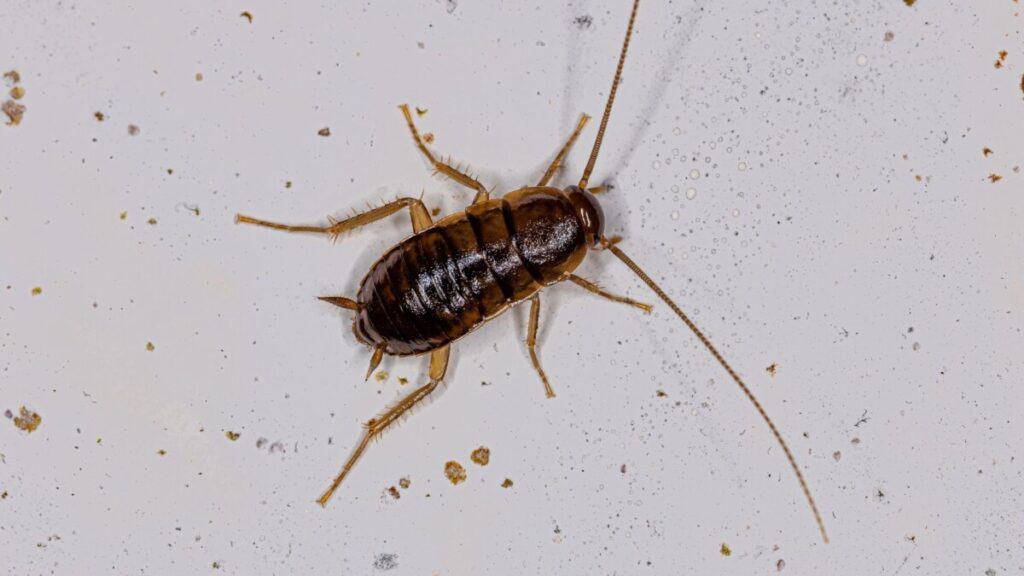
The American Cockroach is just as bad as its German friend. Aside from being repulsive, the American Cockroach also lives in some of the most unsanitary places you can imagine, and they love to frequent garbage disposals, sewers, and bathrooms.
While they are happy to snack on just about anything in your kitchen, they prefer decaying material such as plants or dead animals. And like the German Cockroach, they carry a huge risk of spreading disease.
American Cockroaches can spread dysentery, salmonellosis, cholera, listeriosis, gastroenteritis, and typhoid fever.
Oriental Cockroaches
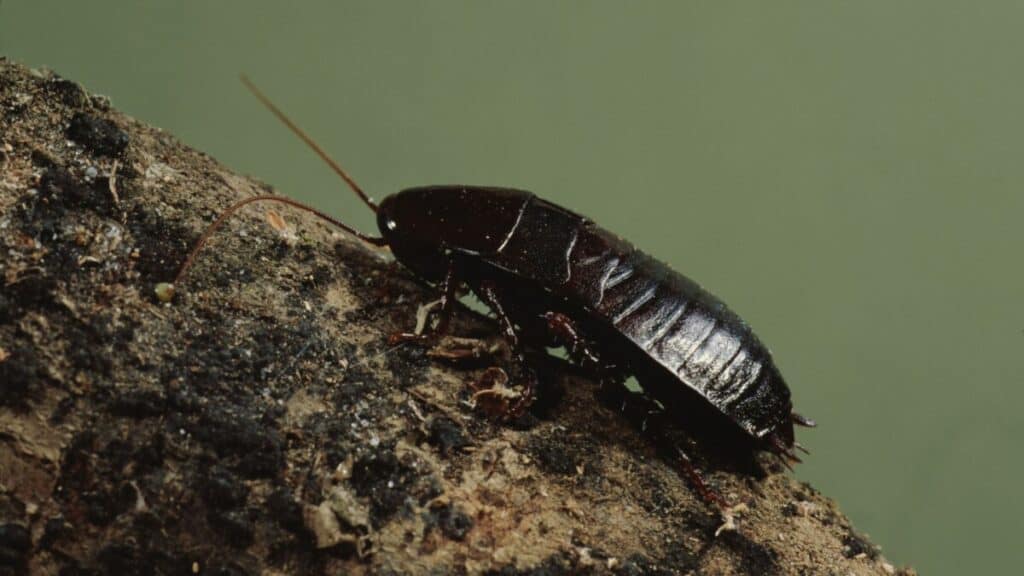
The Oriental Cockroach, on top of causing the same risks as the German and American Cockroaches, also bites. Their bite isn’t dangerous but does leave a nasty red welt.
The Oriental Cockroach is also happy to hang out in your kitchen, feeding on your food. All cockroaches, not just the Oriental, carry more than 33 kinds of bacteria, such as E. coli and Salmonella.
They also carry parasites like giardia, an illness in the human intestinal tract.
Oriental Cockroaches release allergens that can lead to a skin rash. If a person comes in contact with multiple roaches, they can break out in multiple rashes.
Brown Banded Cockroach
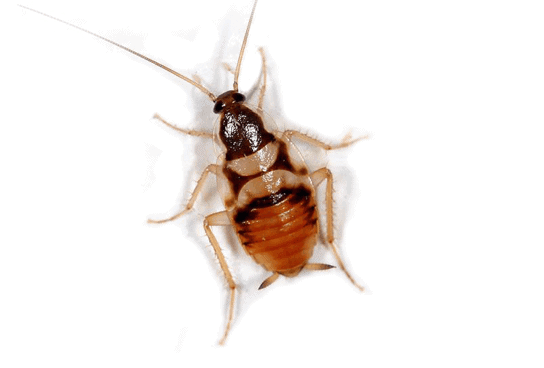
These guys don’t make great house guests, either. Aside from running amock over your leftovers and cabinets, they will eat anything from paper to your nylons. And your furniture isn’t safe either.
The Brown Banded Cockroach is also known for carrying disease, parasitic worms, and drug-resistant bacteria. And the Brown Banded male is one of the species that can fly quite well.
They Can Run Really Fast
Cockroaches are incredibly fast. In fact, they are considered one of the fastest insects in the world. Cockroaches can get started running in 8.2 milliseconds, which is faster than the blink of an eye.
Once they get moving, they can cover 50 body lengths in one second! All six of their legs have three knees, and with all those knees working together, it’s no wonder they are so fast. They can also rise and run on their hind legs, which makes them go even faster.
And it doesn’t take long for them to learn how to run, either. A one-day-old baby cockroach, which is smaller than the head of a pin, can run just as fast as its parents.
The Planet’s Largest Cockroach is Six Inches Long
The biggest cockroach in the world is the Megaloblatta longipennis. This cockroach is found in Ecuador, Panama, and Peru. The average size is more than three inches long and almost two inches across.
For reference, the average size of a cockroach is between .24 and three inches long. I’d say that’s pretty impressive!
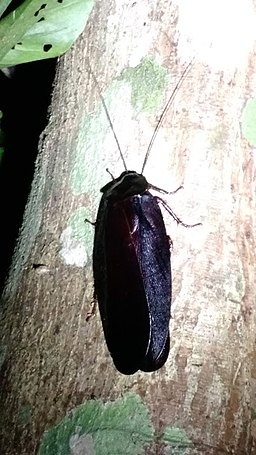
Not All Roaches Can Fly
Believe it or not, most cockroaches can’t fly. While they all have wings, most will not demonstrate this behavior, and they only do so in rare situations, and the temperature has to be perfect.
A cockroach’s wing muscles are not very strong, and it requires a lot of energy for them to get off the ground. It is more common to see flying cockroaches in dense cities during the heat of the summer.
It is much more common to see them run, which is easier and a lot faster.
They Will Eat Anything
Cockroaches certainly aren’t picky eaters. They are omnivores, meaning they eat both animals and plants. They do prefer starchy and greasy foods (who doesn’t?) and will gravitate towards meat and food with high sugar content.
Cockroaches will eat almost anything, from books to cardboard, glue, wallpaper, leather, fingernails, feces, hair, soap, toothpaste, and many other things.
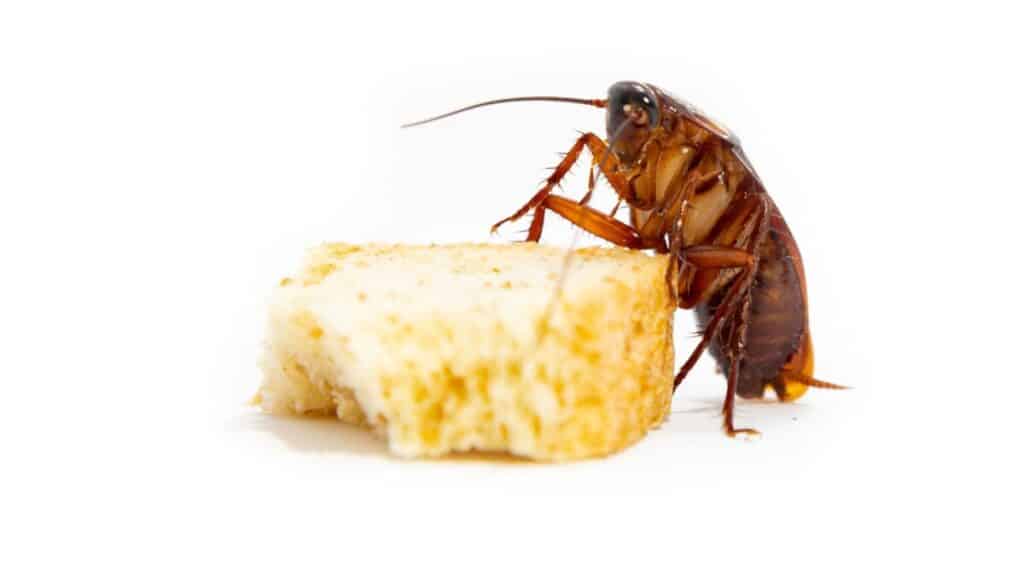
A Clean House is Not Entrily Safe From Cockroaches
Cockroaches are usually associated with unsanitary living conditions, which is true most of the time. However, even those of us who keep our homes spotless can find one or two cockroaches here and there.
They love damp areas, dirty surfaces, clutter, leftover food and crumbs, and overgrown gardens. So while you may work diligently to keep your home clean, you aren’t always safe.
They Like Beer
Yes, cockroaches do like beer and can become quite drunk. Obviously, they aren’t looking for alcohol to get drunk. Instead, it’s the high sugar content in alcohol. Because it tastes so good, they can easily drink enough to make their surroundings spin.
If you were to leave out a cup of beer overnight (assuming you have cockroaches), you are likely to find it full of dead cockroaches in the morning. They are so attracted to the sugar that they will literally drown themselves in it.
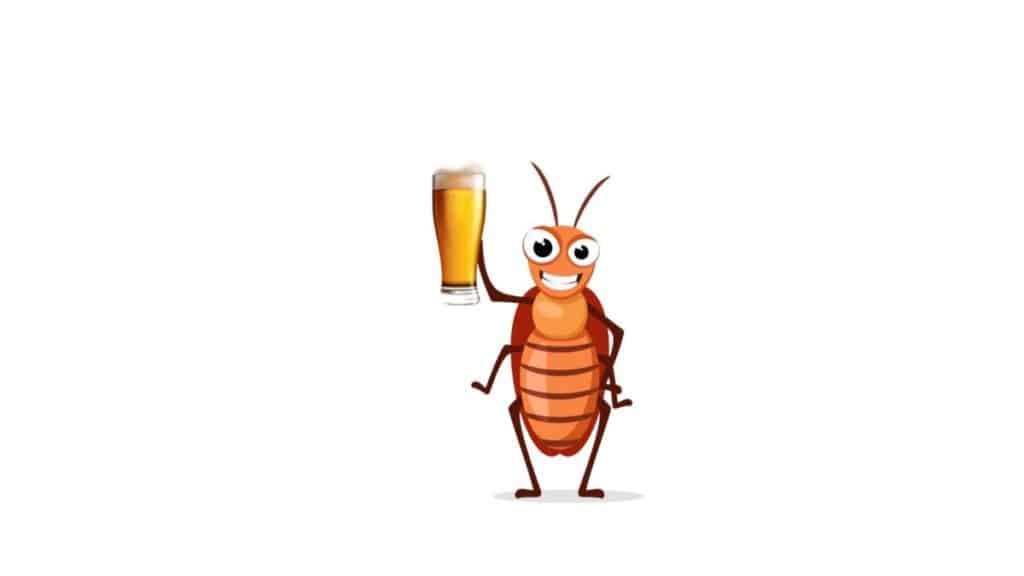
Their Lifecycle Varies
The lifecycle of cockroaches does vary according to the species.
German Cockroach
The German Cockroach will produce more eggs than any other species, usually thirty to forty eggs per egg sac. Females will hide before dropping their egg sacs, and their average gestation period is 28 days.
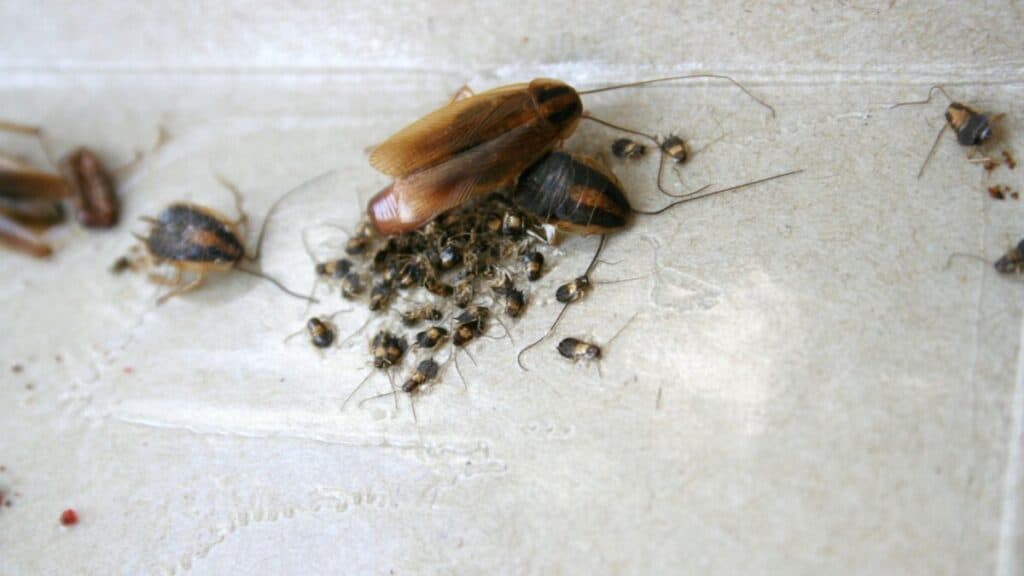
The nymphs of German Cockroaches will start to look for food right away, and they grow quite quickly. It takes about 103 days for a nymph to grow into an adult, and they complete a lifecycle every three months.
German cockroaches will breed continuously, producing a new generation every sixty days.
Amerian Cockroaches
The Amerian Cockroach lays her eggs in a hard case called the ootheca. She produces one a month for ten months, and each ootheca carries around 16 eggs. She will put it in a safe place for a few days before the babies are born.
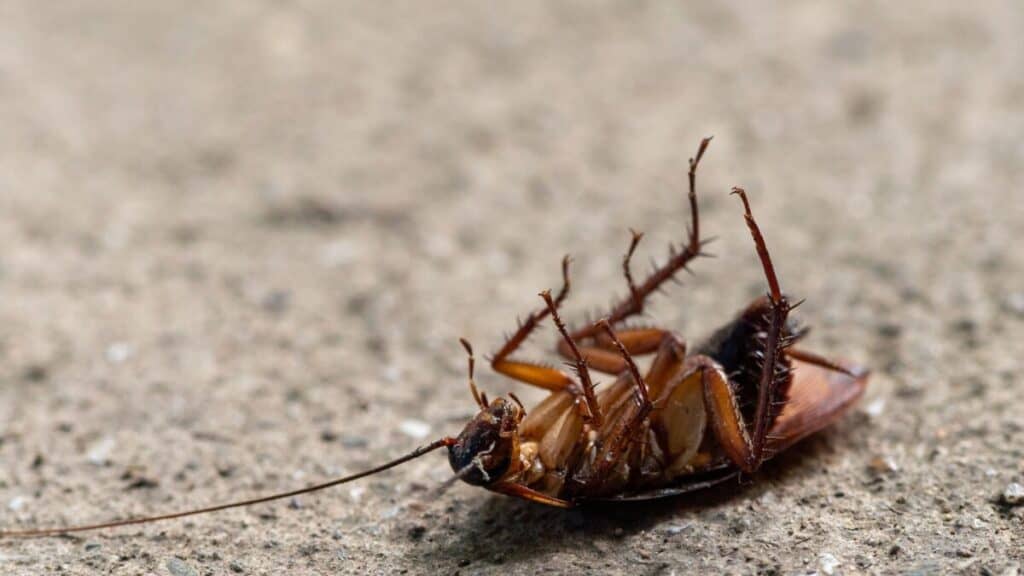
American cockroach nymphs look like their parents, only smaller and without wings. A baby will change six to fourteen times because reaching adulthood, which takes about 600 days.
They usually live for a year, and populations will increase more in humid weather.
Oriental Cockroach
The Oriental Cockroach carries about 16 eggs per sac, and the female will often deposit two sacs in warm and sheltered areas. Their incubation period is about two months.
The nymph of the Oriental Cockroach is most active in the summer and spring months. She will grow into an adult anywhere from 300 days to 800 days.
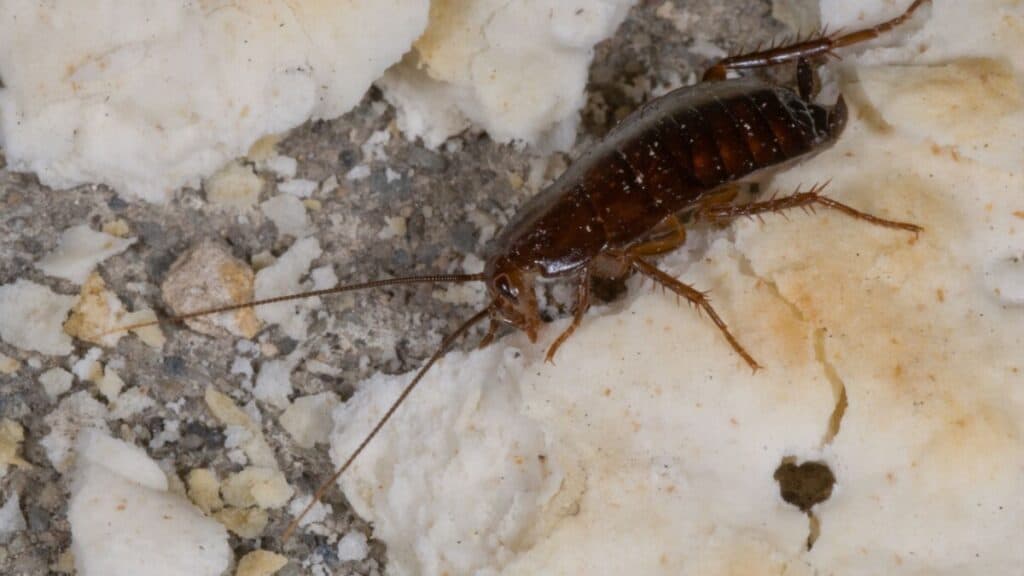
The Oriental Cockroach can survive in cool basements, bathrooms, and crawl spaces. They usually live around thirty to 180 days.
Brown Banded Cockroach
The Brown Banded Cockroach carries about 16 eggs per sac, and when she is ready, the female will deposit it inside furniture, cardboard, or some other rough surface. These eggs will hatch in about 50 days.
The Brown-Banded nymph will change eight times over the next six months before it can reproduce. It can take over 275 days for them to mature, and they live for about 80 more days or so in warm temperatures.
Conclusion
I’m sure these ten facts about cockroaches have not made you feel any better about them. I know that by writing this article, if anything, I am even more creeped out by them. But nonetheless, I did learn quite a few interesting facts about these critters.
Alright, that’s it for this article, here are a few hand-selected articles that you might also find interesting reads:
How to Identify a Cockroach (Easy Checklist)How Often Do Cockroaches Reproduce?
How Much Do Cockroaches Eat?
Recent Posts
Tiny Black Bugs in Bathroom NO WINGS: What They Are and What to Do!
Finding tiny black bugs in your bathroom can be uncomfortable, to say the least. Especially if they are persistent, or they appear in very large numbers, which they often like to do. When it...
Tiny Black Bugs in Plant Soil - What Are They & What To Do About It
A short horror story: You get a new houseplant. You do your best to take care of it. You’ve ensured that it has the right soil, the right amount of sun, it gets enough water. And then one day, you...

